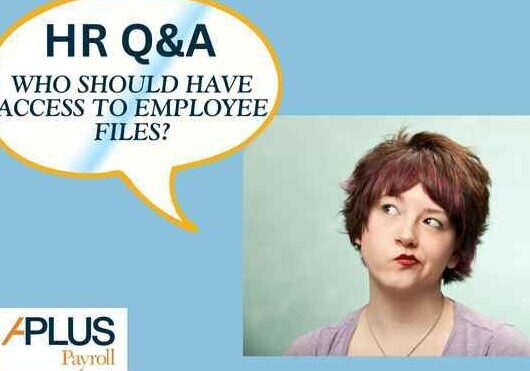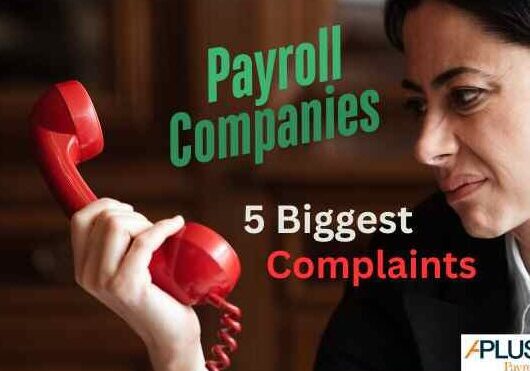How to run effective meetings – A Guide for HR Professionals
by Paul Devlin

Efficient Meeting Management: A Guide for HR Professionals
Effective meetings are the lifeblood of a successful organization. They foster communication, collaboration, and decision-making. However, to ensure that meetings are productive and not time-wasters, careful planning and execution are key. Here’s how you can conduct efficient meetings with your staff:
1. Clear and Concise Agenda
A well-defined agenda is the backbone of an effective meeting. It outlines the topics to be discussed, sets the direction, and helps participants prepare in advance. Distribute the agenda at least a day before the meeting, so attendees have time to gather their thoughts and contribute effectively.
2. Optimizing Meeting Room Setup
The meeting room setup plays a crucial role in facilitating interaction. Arrange the seating in a U-shape or a round table format to promote discussion and eye contact among attendees. Also, ensure the room has all the necessary equipment like markers, flipcharts, and a projector.
3. Managing Speaking Order
To manage divergent views and maintain decorum, establish a speaking order. This could be based on seniority, expertise, or even the agenda sequence. Encourage open dialogue but also respect for each speaker’s allotted time.
4. Use of Visual Aids
Visual aids like graphs, charts, or slides can enhance understanding and keep everyone engaged. They present complex information in an easy-to-digest format. However, ensure these aids supplement the discussion and don’t overwhelm or distract from it.
5. Time Management
Start and end the meeting on time. Assign a specific duration for each agenda item and stick to it. This not only keeps the meeting focused but also shows respect for everyone’s time.
6. Follow-Up Actions
After the meeting, promptly send out a summary of the discussion, decisions made, and follow-up actions required. Assign responsibility for each action item to ensure accountability and maintain momentum. The follow-up email serves as a reference point and keeps everyone aligned on the next steps.



